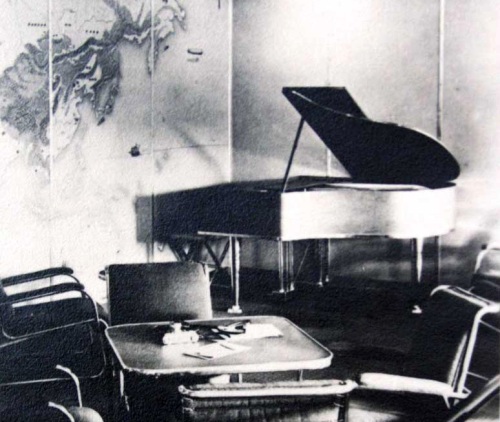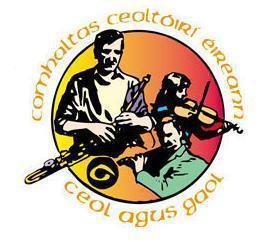Although Johann Jacob Froberger was employed as an organist and recognized as an exceptional harpsichordist, he was also a clavichordist. Musically trained in Germany and Italy, where the clavichord flourished, he undoubtedly played the instrument.
The most convincing proof of this hypothesis is his music, nearly all of which can be performed effectively on the clavichord, whose dynamic range makes possible the nuances of lute playing and singing.
Stylistically, Froberger’s suites for keyboard resemble lute music; at the time, lutenists and keyboardists regularly traded repertoire, and clavichordists playing the music of Froberger should follow the vocal models of his polyphonic works.
This according to “Froberger and the clavichord” by Howard Schott, an article included in De clavicordio. III (Magnano: Musica antica, 1997, pp. 27–34).
Today is the 400th anniversary of Froberger’s baptism! (His birthdate is not known.) Below, Richard Smith plays his Lamento sopra la dolorosa perdita della Real M.stà di FerdinandoIV, Rè de Romani on the clavichord.















